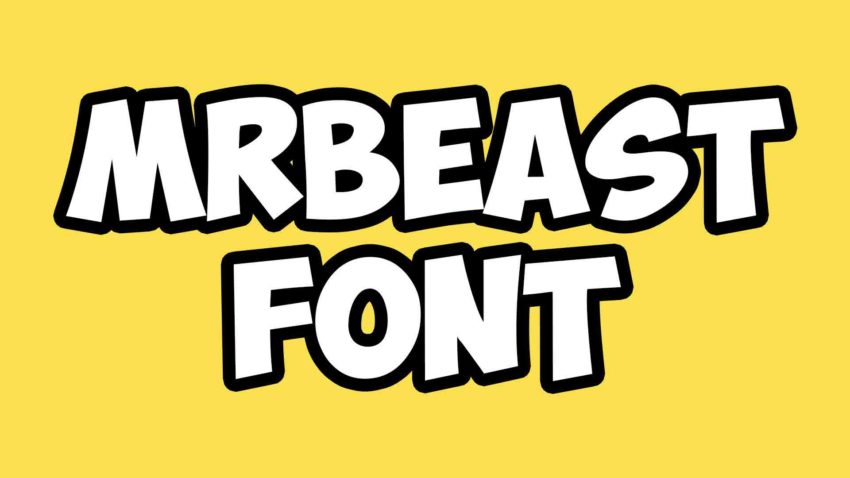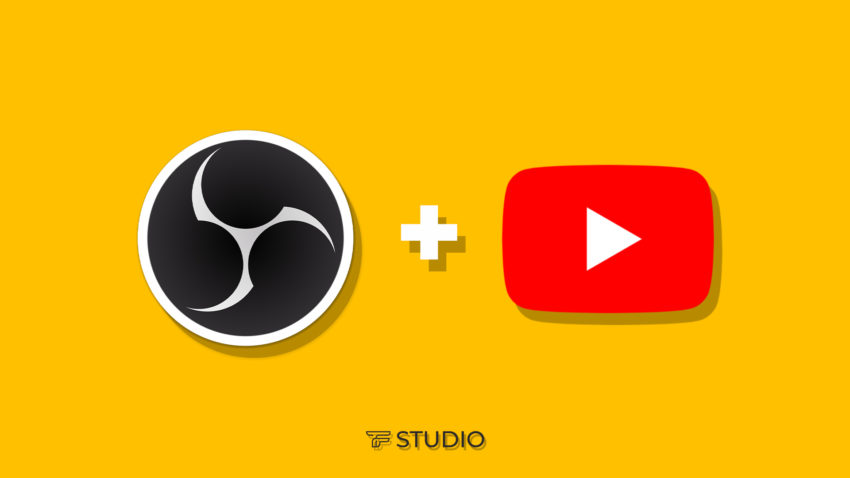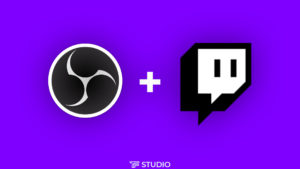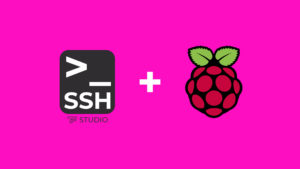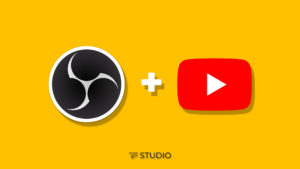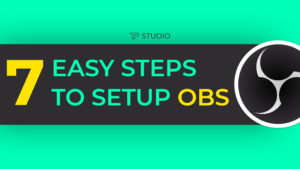The J Cut and L Cut editing techniques came into being when the filming industry introduced film cameras and sound inclusion in cinema in the 20th century. The goal of using J Cuts and L Cuts is to keep the flow of the edit going without getting boring. They are also intended to better engage the audience with what is happening within the film.
J Cuts and L Cuts are among the simplest yet most effective video editing techniques. So, if you are a beginner stepping into the world of video editing, J Cuts and L Cuts are the two techniques you need to be familiar with. In this article, I will teach you what J Cuts and L Cuts are, when to use them along with best practices, and most importantly, how to incorporate them into your next project. So, without further ado, let’s dive into it!
What Are J Cuts And L Cuts?
Firstly, let’s understand what J Cuts and L Cuts are. Basically, J Cut and L Cut editing techniques assist the audience in maintaining visual continuity. Therefore, both of these are commonly used as transitions between scenes, rather than standard transition effects, such as fade, or cross dissolve. L Cuts and J Cuts are generally comprised of three main components:
- Primary footage audio
- Primary footage video
- B-roll or another video clip
A J Cut is a split-edit film editing strategy where the audio from the next scene overlaps the picture from the previous one. The audio section of the later scene begins playing before the picture as a lead-up to the visual cut. On the other hand, an L Cut is a split-film editing strategy where the audio from the previous scene overlaps the picture from the next scene. The audio cuts after the image and continues playing over the beginning of the next scene.
How J Cut And L Cut Video Transitions Take Shape?
The names of both J Cuts and L Cuts originate from the shapes they create on your post-production timeline. It’s because your production timeline makes a J formation whenever the audio arrives before the visuals. Likewise, it appears like an L when the images shift, but the audio recording remains unchanged. Check the following image to get a better understanding of the idea.
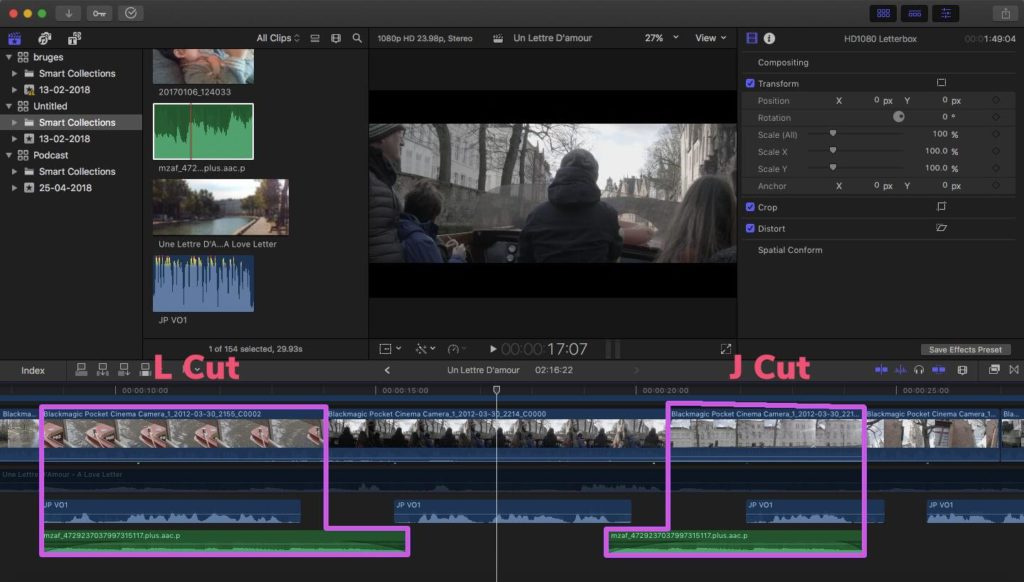
J and L Cuts are employed to a certain extent throughout most filmmaking. However, sometimes, they might not even be visible. The Wolf of Wall Street is an excellent example of a J Cut in the modern film industry. The crowd witnesses Leonardo DiCaprio’s appreciation for his first sale on the stock exchange floor. At the same time, the background music provides an audio preview of Matthew McConaughey’s “Money Chant” in the later scene.
On the other hand, L Cuts are typically employed during dialogue sequences. That’s because they allow the editor to produce a much more natural flow between the characters while also providing opportunities for reaction shots.
When To Use J Cuts And L Cuts?
J Cuts vs L Cuts is a never-ending debate. In reality, when to employ a J or an L Cut is a matter of personal preference and story building within the video. However, there are times when one is more robust than the other. Let’s check some of the most common scenarios where a J Cut or an L Cut technique can be used to build a quality video experience:
1- Suspense:
Film directors often employ J Cut to pique the interest of the audience during a scene where the film demands the build-up of suspense. When a movie begins, typically, the audio begins to play first before the visual appears. This creates a sense of suspense for the audience and attracts their interest by introducing the sound early on. It is also used in scenes where the director wants to portray a sense of importance. This conveys the impression to the audience that an important scene is emerging that they need to look ahead for.
2- Drag It Out:
L Cuts are typically used in dialogue situations to provide a backdrop and visual elements that make the main storyline during a scene transition. You can use L Cuts to highlight your characters’ activities, emotions, and responses to a particular dialogue. Furthermore, an L Cut is a beautiful method to mark the beginning of a dream or flashback sequence in a video clip. Apart from this, an L Cut can help you achieve a smooth transition from a heavy dialogue to the next scene and maintain a natural storyline.
3- Pass The Time:
You can try a montage if you need to depict the passage of time. Basically, montage is a film editing method that compresses time, space, and information for the audience by sequencing a succession of brief images. It can blend various storylines nonlinearly and juxtapose different pictures without a hard cut. You can use both J and L Cuts in this editing technique. Having said that, if you want to transform narration into a montage, we highly recommend using L Cuts to perfectly match visuals with words.
4- Risk And Reward:
To fine-tune and create focus on your story, mix and match both L Cut and J Cut techniques. This will help you create a new layer of symbolism and meaning. Try to experiment with both types to see which one works best for your project. Depending on the storyline and theme of your video, take risks.
You can even try to merge both cuts within the same scene to break transition styles and bring innovation. All in all, try unique mixes of both cuts to bring variety and keep improving your skills. If you are still not convinced, see the words of Liesinger below:
“Video editing is a continuous learning process. You might try and fail a million times, but it will always be better than not trying at all. Just make sure to give your 100 percent and do as much as you can because that’s the only way you’ll learn and grow.”
<~~Liesinger~~>
How To Do J Cut And L Cut Transitions?
Now that you understand when to use J Cuts and when to opt for L Cuts, let’s see how you can actually add J Cut and L Cut Transitions. Once your video reaches the post-production phase, video editing tools, such as Premiere Pro, provide you with enough resources to produce your video edits. Whether you’re just a beginner or an experienced video editor, you’ll easily get the hang of the software with just a little experimentation.
In order to create a J Cut or an L Cut transition, you’ll need the following:
- Primary Video Footage
- Primary Audio File
- B-roll or some other video clip (to accompany audio to construct the cut)
How To Insert A J Cut?
Follow this step-by-step guide on how to insert a J Cut into your video:
- First of all, add your introductory video and B-roll to the timeline (along with the soundtrack).
- Then, remove the gap between the clips using the Selection tool (control+click area in-between).

- Next up, drag the second clip to the location where you want the audio to overlay with the primary video footage.

- Then, choose the Rolling Edit tool and (while holding the Alt or Option key) select the B-roll footage and drag it back to where you want the primary footage to end.

- Finally, for a more natural cut, you can use the Audio Effects option in the Effects panel to smooth down the audio transition.
Use J Cuts when a director or screenwriter requests an audio advance of a second scene to creep into the previous scene. A set of back-to-back dialogue sequences is the most prevailing circumstance that demands this.
How To Insert An L Cut?
Inserting an L Cut is almost identical to adding a J Cut. The only difference is that L Cuts use the Edit tool to roll back the video rather than the audio. Follow these simple steps to insert an L Cut into your video:
- First of all, create a timeline with your main video content, audio, and B-roll.
- Then, remove the gap between the clips using the Selection tool.
- After that, stretch the core video material over the audio track linked with the B-roll or other footage using the Selection Tool.

- Next, select the Rolling Edit tool and (while holding the Alt or Option key) select the primary footage and drag it back to where you want the B-roll to begin.

- Finally, use an effect from the Audio Transitions menu to smooth down the transition between the video footage and the audio track.
Film editors use L Cuts to cycle different visuals while a single audio track plays. L Cuts are also effective as partial cutaways, in which characters recollect a previous episode while maintaining continuity in the current scene. It works wonderfully for video montages with either underscore, a musical soundtrack, or natural sound.
With practice, you’ll come to appreciate L Cuts and J Cuts for the creative interest they bring to dialogue scenes and other types of scenes. The point is that you don’t always need to show the sound synced up with the visuals. Imaginative and creative cutting can go a long way toward elevating your storytelling and truly engaging your audience.
Final Thoughts:
All in all, J Cuts and L Cuts are quick and easy techniques to make any video look more professional and high-quality. Just remember that the finest cuts for any project are the ones that allow you to communicate your message in one of the most straightforward and imaginative ways possible. So, blend and combine your clips to enhance your storyline, and experiment when in doubt.
That’s it, guys. I hope this article helps you gain valuable insights on J Cuts and L Cuts. Most importantly, the examples of J and L Cuts in the article should have helped free your mind from any preconceived conceptions about how video and audio should (or shouldn’t) be related in your edits. Let me know if you have any questions or feedback in the comments section. I will try my best to reply to all the comments as soon as possible.
